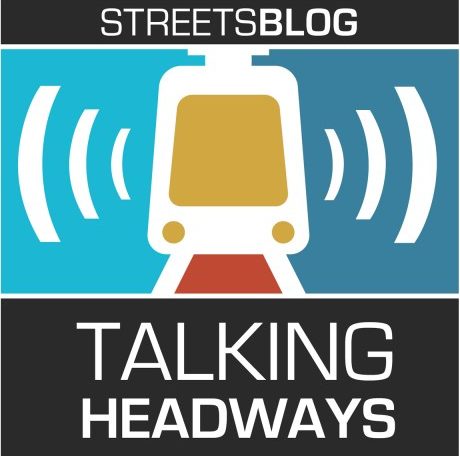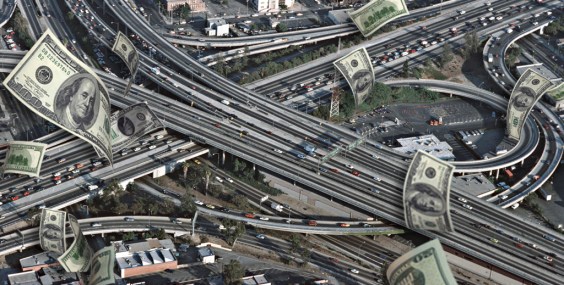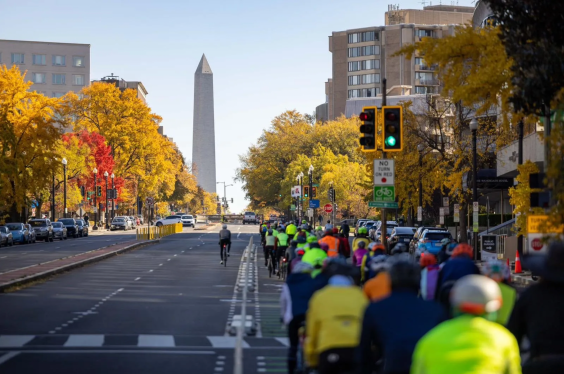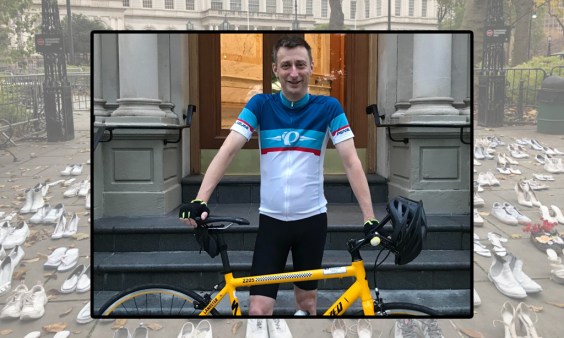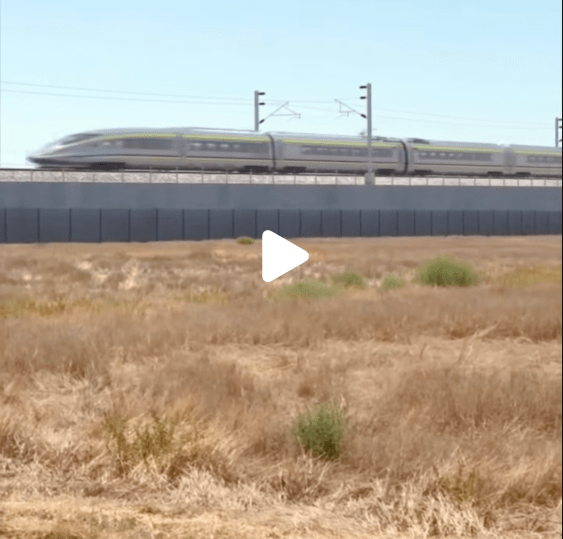This week, Broward MPO Executive Director Greg Stuart talks about Broward County, its connections to the rest of South Florida, the historic MAPS transportation plan, sea-level rise and the effects of the pandemic.
For those of you who prefer to read rather than listen, check out the edited highlights below the player. If you want a full, unedited transcript, be our guest by clicking here.
?
Jeff Wood: A couple weeks ago, I got emails from your team about what’s going on in Broward County, including MAP Broward. I’m curious a little bit more about the Mobility Advancement Program and, and how you are trying to implement that.
Greg Stuart: The Mobility Advancement Program is the implementation of a penny surtax down here for transportation. Our agency got really tired of ... look[ing] at this map behind me, our transit-systems plan, and say[ing], hey, you know, we could do this: We could do buses and exclusive lanes. We could put a light-rail system down; we could do a streetcar system! And it would always be, "we don’t have the money. We don’t have the money. We don’t have the money." So my board basically directed me to go figure out how to get the money. There’s always so much money you can get outta Washington, but we needed to have a local pot.
So we spent a good seven years through a program called "Speak Up, Broward," and we would go out to communities and talk about the importance of transportation and ways to fund a system, ways to pay for a light-rail system, ways to pay for a heavy-rail system. And it always came back to, well, you know, you have the ability to tax rental cars and you can tax license tags. But what really generates the money is sales tax, because it not only taxes the people that are here, but we have a very robust tourist trade, not like Disney, but still robust enough.
We actually have probably one of the largest mega yacht sales every year in the world — where people come here and buy these yachts that are $350 million and more, and they all get a percentage tax on ’em; it’s all great. So that world, I don’t understand [it], but it’s all good.
Wood: I don’t understand that world.
Stuart: When people call me to complain, I’m like, listen, give [it] a chance.... The public, the private sector before I got here, went out for a surtax for a really robust transit system. It failed. We worked with the cities and the county for a 50/50, or a half penny for transit and a half penny for infrastructure. Unfortunately, they tied it together, and that language was awful.
But the penny for transportation passed and the penny for infrastructure failed. The reason we had divided it up in that way is because the cities needed to redo their roads and all the rest of the necessary parts to support a bus-rapid-transit system, the things that you need to have in place. So that failed. And it was tied together. Both things had to pass to pass the ballot. Language for transit was. .. yes or no. And [do] you agree to raise by 1 cent or half a cent? The other language for infrastructure said, do you support increasing your tax by 0.05 percent for sales tax for infrastructure?
And then it wasn’t a yes or no. It was all in the yes or no box. And it failed, obviously. [In] our focus groups that we did afterward actually the voters said, "I voted no for that because I thought you were raising our sales tax by 5 cents because of the way it was written. And it was really kind of interesting because it was .05 percent. It took me a while to understand that, but then ... I could see where that would confuse somebody. So then the third time we went out, which was the charm, with the county. It was for a full penny for transportation, period, which is what established the MAP program.
That actually passed in almost the super majority there. We said that there was going to be about 27 miles of light rail, but didn’t identify where we had identified a whole bunch of projects, didn’t say which and when. It was a really interesting thing to see pass, because it was completely counterintuitive to what everybody tells you and how a surtax should work. I met with my colleagues from around the country when we were moving forward with that. And I’m like, it’s really hard to say this to people because we’re always so busy going around, you have to show exactly where that station’s going to be and what that system’s going to look like and where the start and the stop and the points and this and the other.
Basically the voters in Broward said, "no, I don’t care. Take this money and do something with it." And that’s what created the MAP program which is, to be honest with you, probably one of the greatest achievements I can say that has happened down here in probably a good 20 to 30 years. Because that actually has opened up our communities, not only to be able to self-fund projects, but also leverage a lot of this infrastructure [money] that’s coming out of Washington, thankfully, to advance a bunch of transit projects. So the map behind me may not exactly be the exact map that they’re going to build, but it stimulated the conversation in the community enough to say, yeah, we want something and I don’t care; get it done.
We were excited to see that pass. Obviously, the county was extremely excited. The money actually sits with the county commission, the way Florida law is written. It has been a real positive thing. Our partners in Hillsborough County, in the Tampa Bay Area, they also had a half-penny sales tax that they did, but it ended up being deemed unconstitutional because they were putting the money ... in different agencies' pots and different city pots. The State Supreme court called that unconstitutional. So basically the way we’ve done it here in Broward now, the way it’s written and passed, that leaves it to be constitutional.
It really is the County Commissioners' money and their decision points. So, [we are] working with the county administrator, Monica Shapiro, who I would’ve loved to be on with me today. We’re working together to try to figure out things to get built and what moves forward. So the Broward County part of the Coastal Link project, where in Miami Dade, they call it their smart plant, the Northeast Corridor, we are ready to rock and roll with that. You know, we have the CapEx money put together. There is the operating money already put together. So we’re able to go and we’re going to be putting that into "Small Starts," ... to move forward with that corridor.
